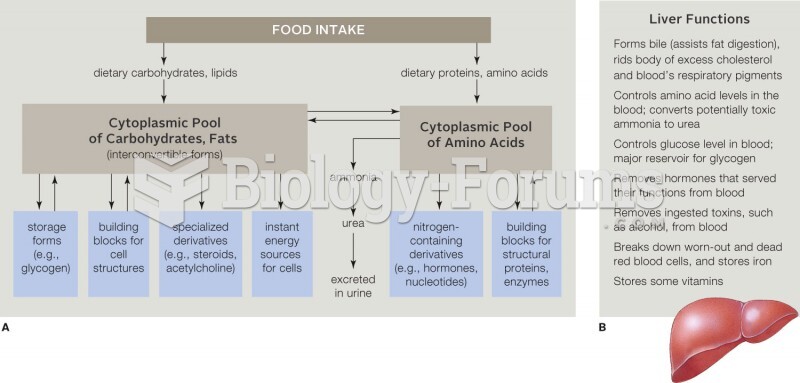This topic contains a solution. Click here to go to the answer
|
|
|
Did you know?
About 100 new prescription or over-the-counter drugs come into the U.S. market every year.
Did you know?
More than one-third of adult Americans are obese. Diseases that kill the largest number of people annually, such as heart disease, cancer, diabetes, stroke, and hypertension, can be attributed to diet.
Did you know?
Women are 50% to 75% more likely than men to experience an adverse drug reaction.
Did you know?
On average, the stomach produces 2 L of hydrochloric acid per day.
Did you know?
There are more sensory neurons in the tongue than in any other part of the body.







